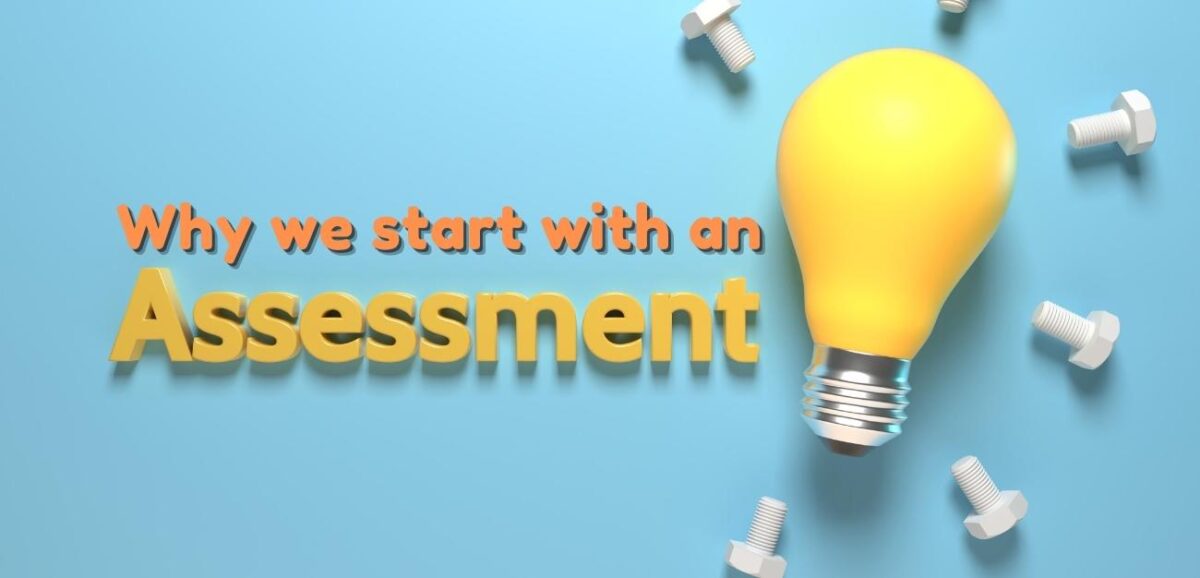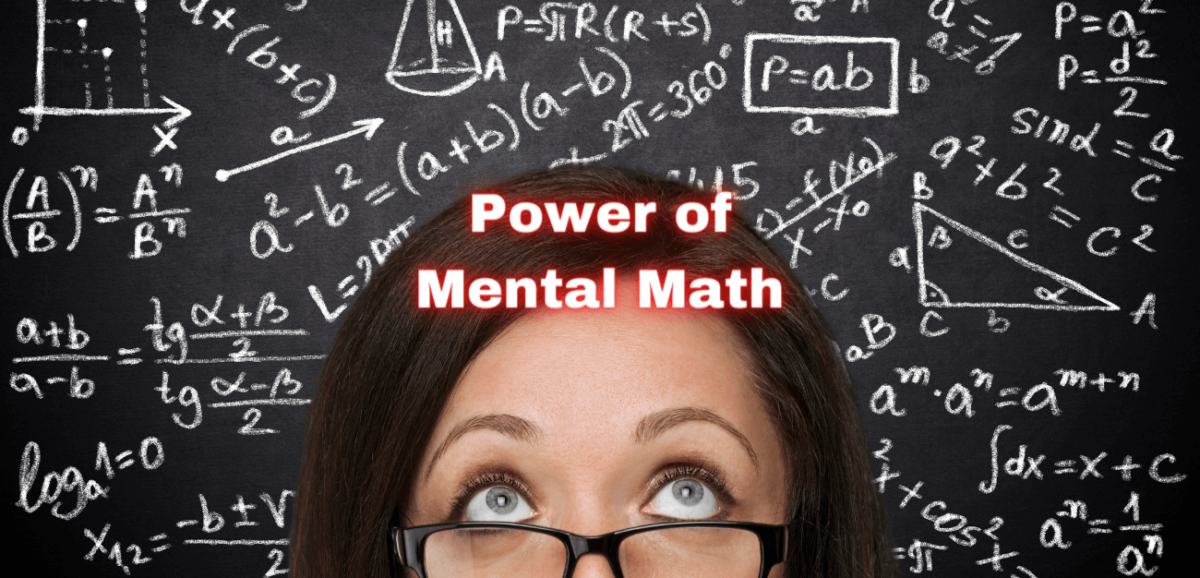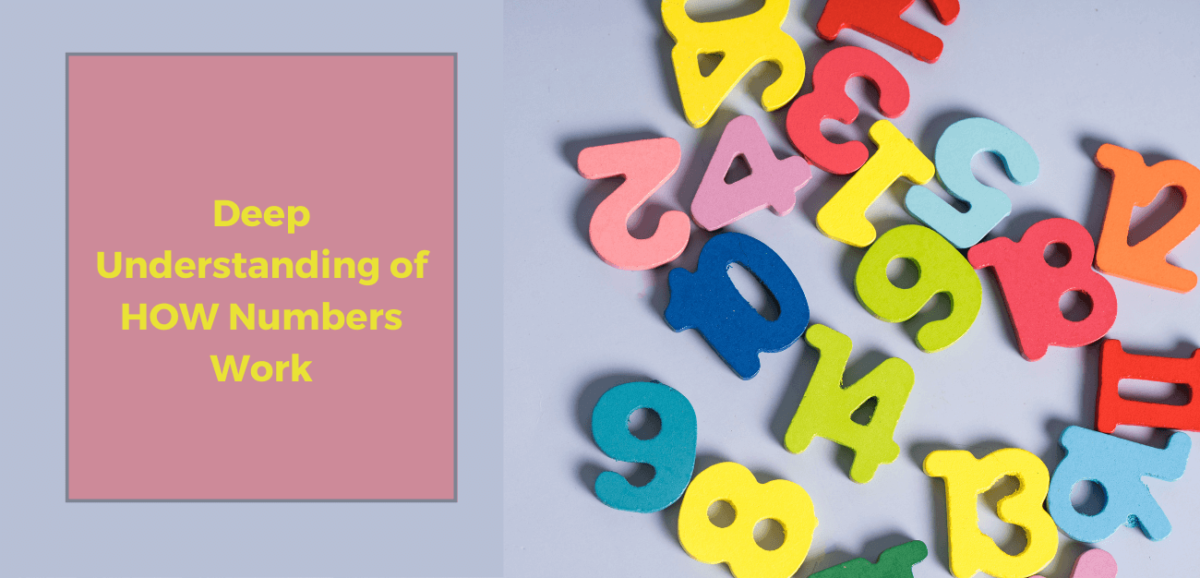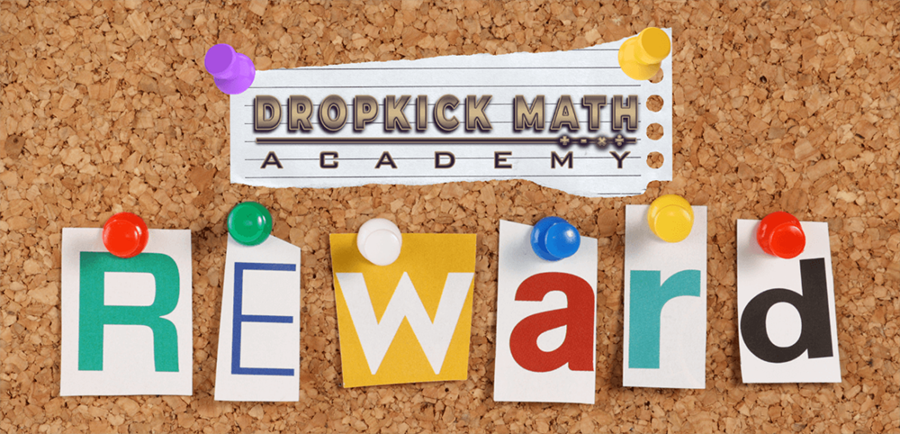As a parent, you’re continuously providing your child with opportunities to learn and grow. Whether equipping their tool belt with multiplication tables or calculus concepts, Mathematics can often be a daunting subject. But what if we told you that infusing a bit of children’s exercise could spark your child’s interest in Math, if not transform the way they […]











